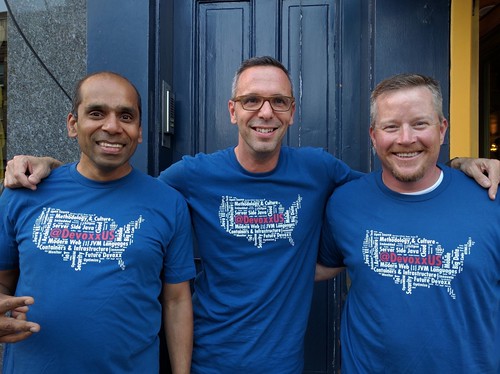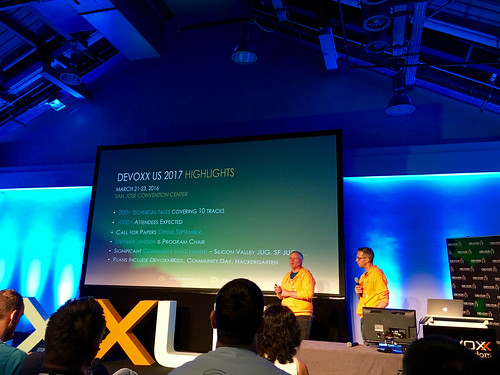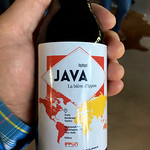Upcoming Events: Devoxx4Kids Denver, Testing Angular 2, DevoxxUS CFP and VJUG24
It's been awhile since I've posted anything on this here blog. That usually means one thing - I've been off having fun! That couldn't be more true this summer. The day after my last post, I began traveling and haven't stopped since. In fact, this weekend will be the first weekend I've been home since writing that post. Hawaii, Montana, Denver, Montana, Colorado Springs and Utah - it's been a fabulous summer. I'll write more about those adventures soon.
In the meantime, I wanted to mention some upcoming events you might be interested in:
- September 10: Devoxx4Kids Denver has an upcoming workshop on Exploring JavaScript with the world famous Dr. Venkat Subramaniam. If you know Venkat, you know this is a session you shouldn't miss. Your kids will love it, you'll get a lot of good laughs and everyone is sure to have a good time. Make sure and RSVP soon so you get in before this baby fills up!
- August 22: HTML5 Denver has a sessions on ES6 vs. Typescript and Testing Angular 2 Applications. The first session will be delivered by my good friend Geoffrey Filippi and I'll be performing the second act with the help of angular-cli.
-
 September 1: One of my favorite conferences, Devoxx, is coming to the US! DevoxxUS recently announced that registration is open. Even more interesting is that the CFP begins September 1st. I'm biased because I'm on the program committee, but I'd love to see your ideas for great talks!
September 1: One of my favorite conferences, Devoxx, is coming to the US! DevoxxUS recently announced that registration is open. Even more interesting is that the CFP begins September 1st. I'm biased because I'm on the program committee, but I'd love to see your ideas for great talks! - September 27: Our good friends from vJUG are hosting the first 24 hour Virtual Java Conference in the world! I'll be speaking about the Art of Angular in 2016 at 10pm EDT.
- September: I'm looking for new clients. My current contracts end on August 31 and I'm searching for the next cool team to work with. My expertise: Java, JavaScript and I'm really good at CSS. This is a hard combination to find! LMK if you have a need.
I hope to see you at one of these events!










